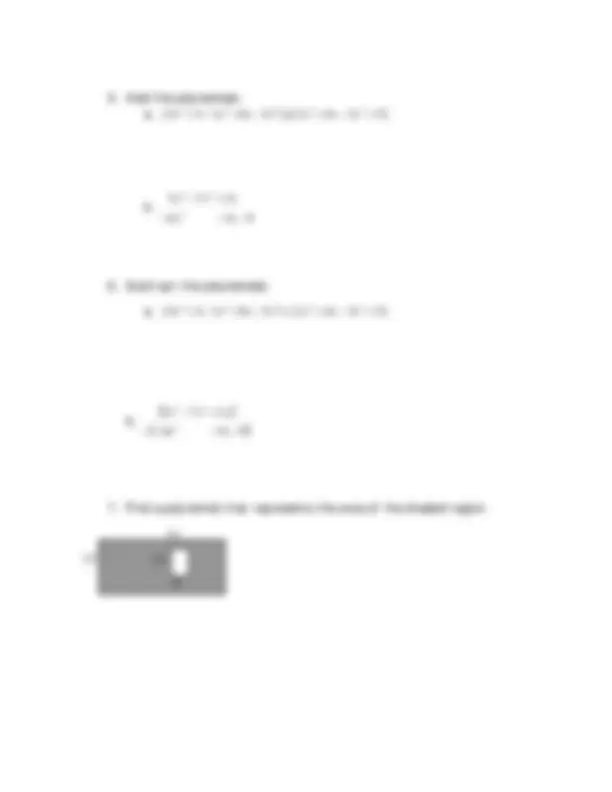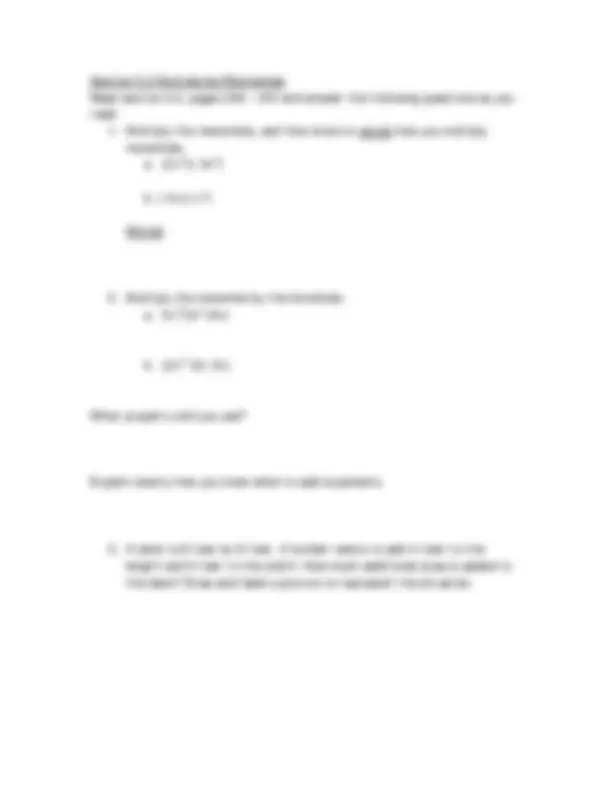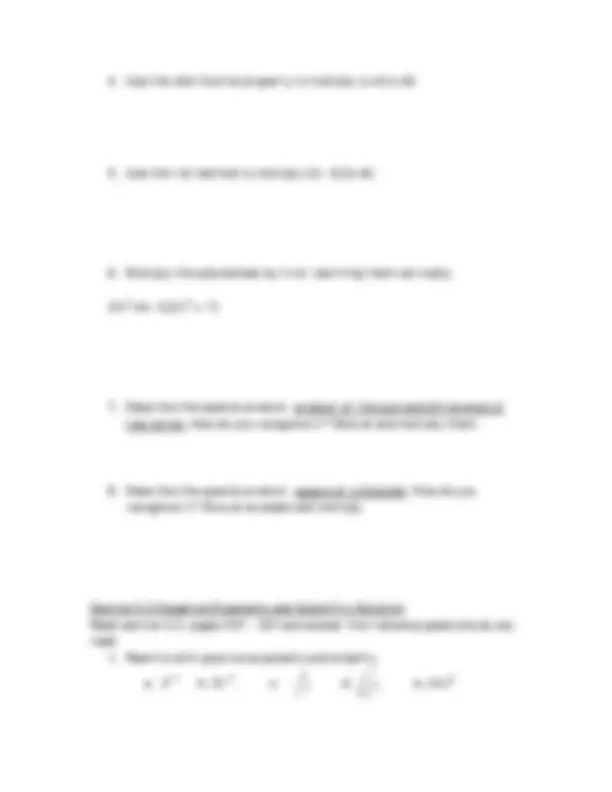






Study with the several resources on Docsity

Earn points by helping other students or get them with a premium plan


Prepare for your exams
Study with the several resources on Docsity

Earn points to download
Earn points by helping other students or get them with a premium plan
Community
Ask the community for help and clear up your study doubts
Discover the best universities in your country according to Docsity users
Free resources
Download our free guides on studying techniques, anxiety management strategies, and thesis advice from Docsity tutors
A study guide for chapter 5 of math 101, focusing on learning algebra. It includes tips for effective studying, instructions for adding and subtracting polynomials, multiplying monomials and binomials, and dividing polynomials. It also covers negative exponents and scientific notation.
Typology: Study notes
1 / 8

This page cannot be seen from the preview
Don't miss anything!





Section 5.1 Adding and Subtracting Polynomials Read section 5.1, pages 274 – 279 and answer the following questions as you read:
a) − 2 x^5 b) 3 x^4 − 8 x^2 + 7
c) 9 6
x (^) − x
d) x −^2 + 81 x^5 e) -
Polynomial Standard Form Degree of the polynomial
Leading coefficient
6 − 7 x^2
5 x^2 + 4 − 3 x^3 + 8 x − 5 x^5
2 x^3 + 4 x − 3 x^2 + 5
5
d. A polynomial that is not a monomial, binomial, or trinomial.
Section 5.2 Multiplying Polynomials Read section 5.2, pages 284 – 291 and answer the following questions as you read:
b. (-5x)(-x^4 )
Words
b. (2x^2 -5)(-3x)
What property did you use?
Explain clearly how you know when to add exponents.
(3x^3 +4x-1)(2x^2 -x-7)
Section 5.3 Negative Exponents and Scientific Notation Read section 5.3, pages 297 – 301 and answer the following questions as you read:
d. (^1)
2 6 −
− y
x (^) e. (4x) 0
6 x − (^9) b. x
x x 4
each step. (18x^2 -3x-28)÷(6x+7)
*We do not learn synthetic division in Math 101.
Chapter 5 Review
Go through the chapter review exercises on p. 316 without a paper and pencil, describing what your first step and your strategy would be in each of the problems. Circle the problems that you do not know how to start. Write five ‘hard’ problems (different types) below to work.